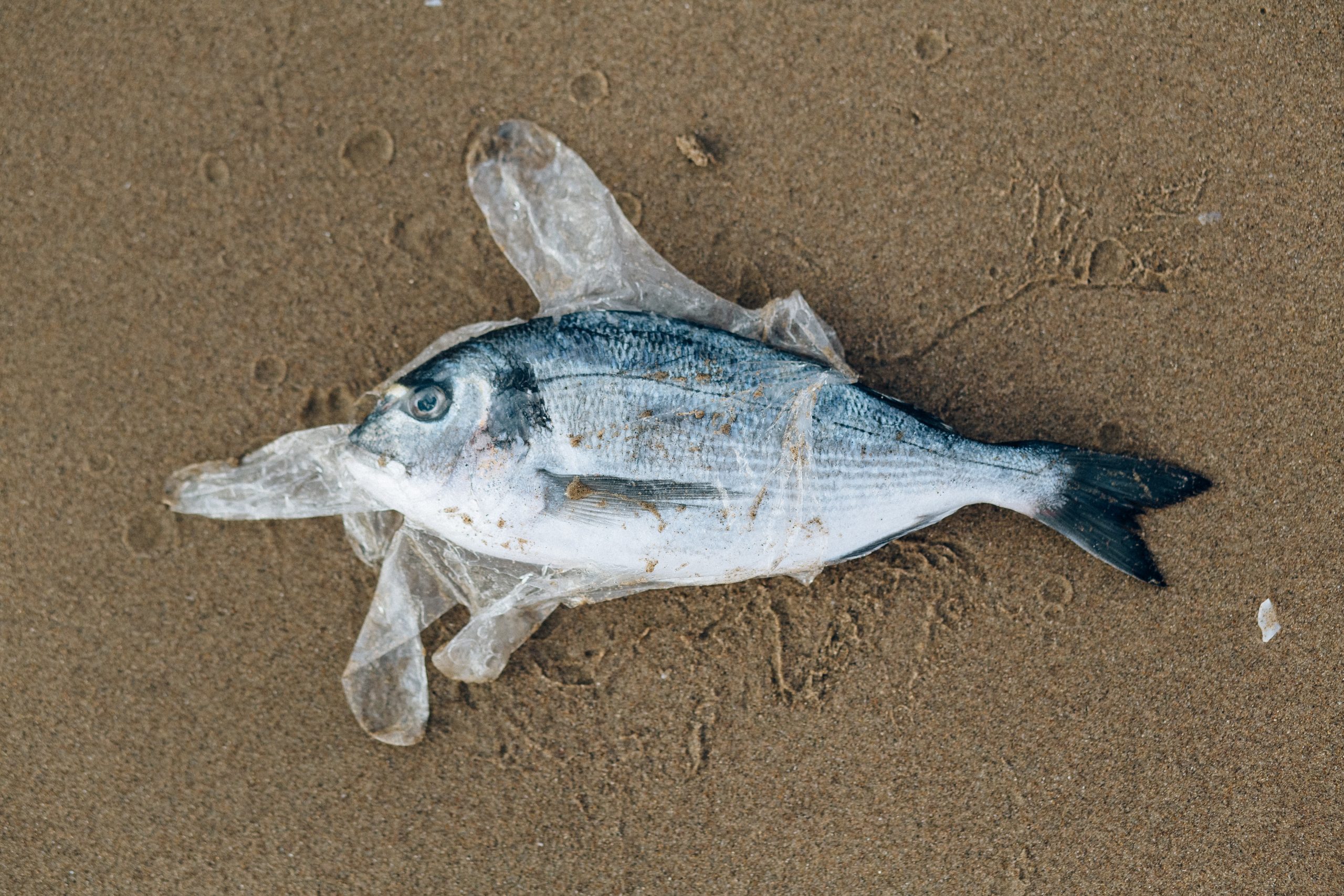Scientists find “plastic fibers in fish” muscle tissue

Kathmandu, March 19. Researchers from New Zealand’s National Institute of Water and Atmospheric Research have recently found the presence of microplastic fragments in gut lining and muscle tissues of fishes around New Zealand.
Through an official statement, the institute reported that 70(25%) of 305 fish specimens taken out from the Hauraki Gulf contained plastic fragments of less than 5 millimetres in length.
The research experiment was carried out by two masters students from the NIWA and University of Auckland Joint Graduate School in Coastal and Marine Science.
Co-author Devina Shetty claimed that some fish species ingest more microplastics than other species. More than half of the samples containing plastic fragments were of yellowbelly flounder fish species.
“This higher ingestion rate for flounder could be due to microplastics accumulating in marine sediments which makes up more of their diet compared to other species, or it could be because the flounder samples were all obtained from the Waitemata Harbor, which is closer to Auckland as a potential microplastic source,” Shetty noted.
Researcher Veronica Rotman who led the 10-week experiment said that 90 per cent of the fragments were identified as polystyrene microplastic fibres.
“Microplastics are found throughout the world’s oceans, even in Antarctica. They pose a unique threat to marine life,” said Parsons. In the coming weeks, the research will focus on identifying the long-term effects of microfibres on marine species.
Facebook Comment
latest Video
Trending News
- This Week
- This Month

















